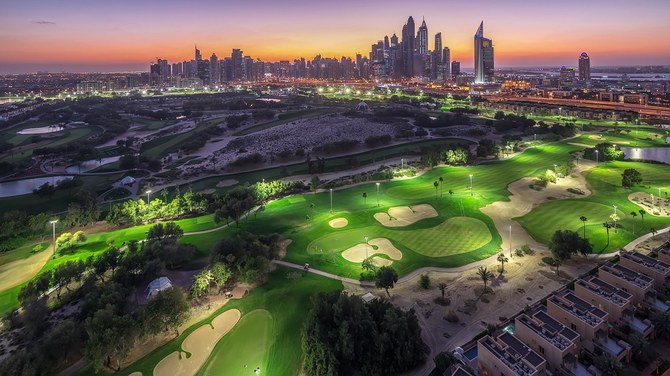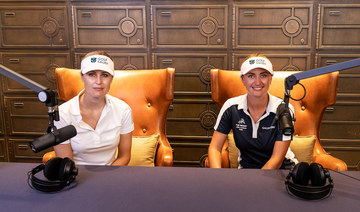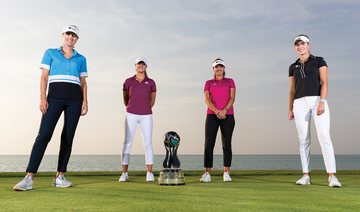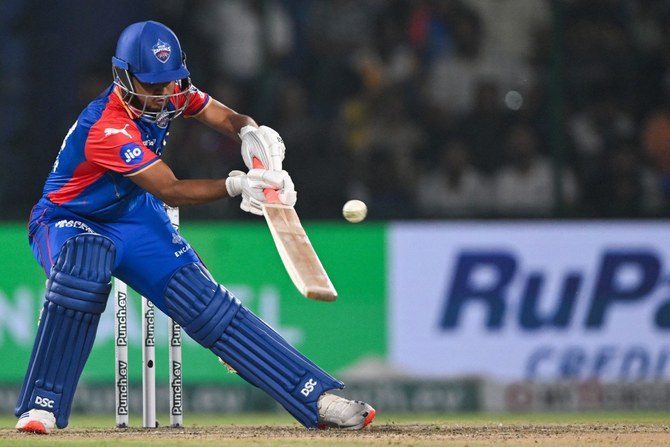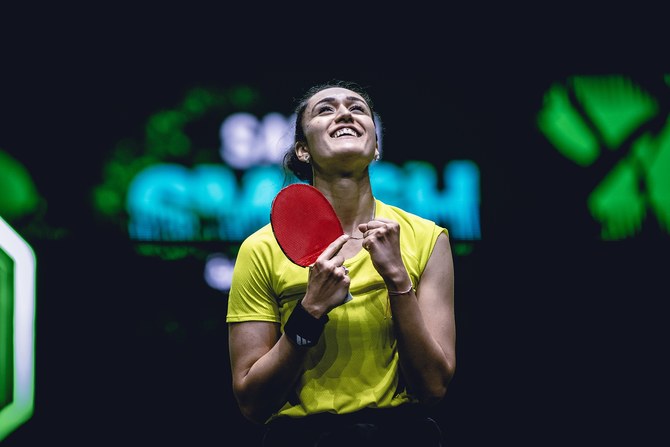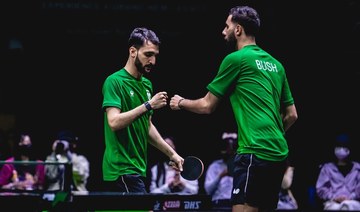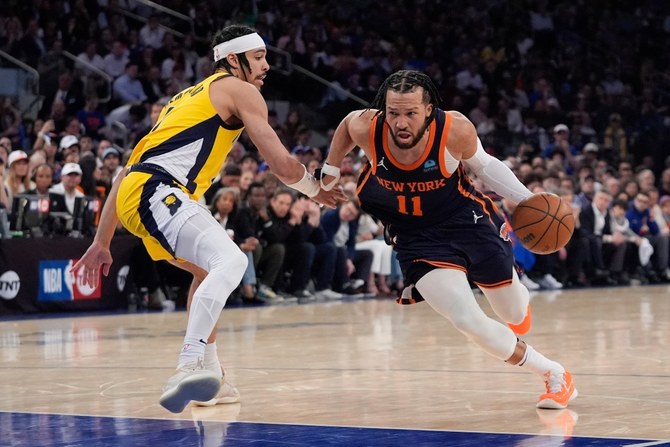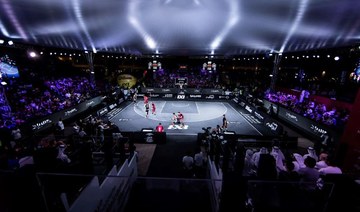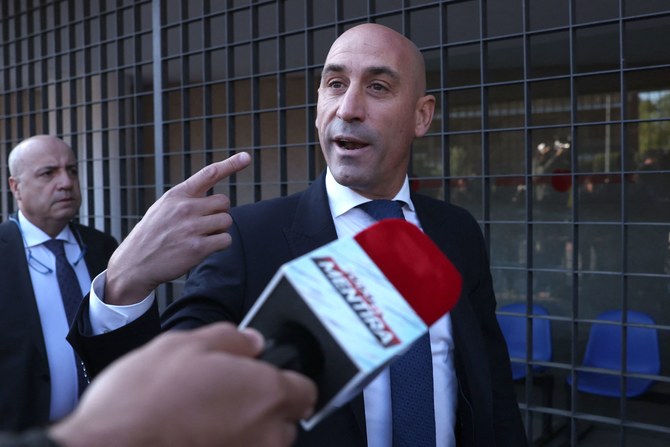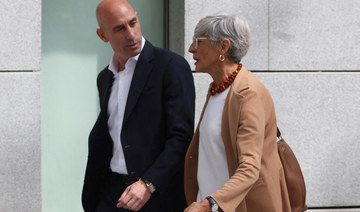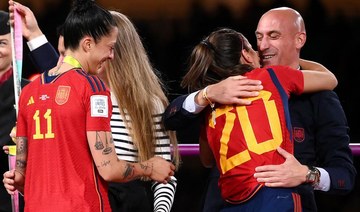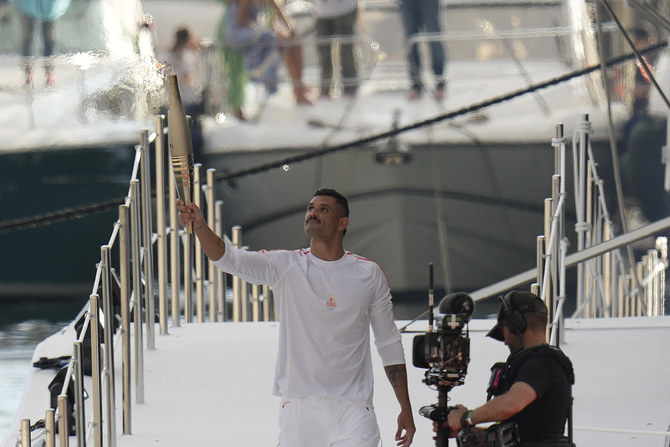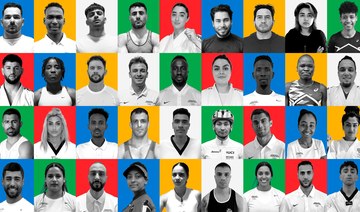DUBAI: Golf may be at heart individual sports, but sometimes its most memorable moments are found in team competitions.
Few sporting events provide the passion and drama of the legendary Ryder Cup and Solheim Cup every two years, and many other professional and semi-professional tournaments around the world give players of various levels the opportunity to take part in team play.
For most amateur golfers, however, it’s a case of “you’re on your own.”
That could change soon for the UAE’s golf community with the launch of an ambitious team golf league.
The Emirates Amateur Golf League (EAGL) is a new competition that is set to launch in November 2021, giving eight franchise-owned teams the chance to participate in one of the world’s first leagues of its kind.
It’s not lost on founder Sudesh Aggarwal, chairman of Giant Group of Industries, that his brainchild ultimately emerged during a global pandemic.
“The idea to do something like this has been going for about three years, but because of our earlier engagements, we couldn’t act on it,” the Dubai-based Indian businessman said. “But the pandemic made us realize that we’ve got some free time to think about it, and then we put the pieces together. The idea has been there for quite some time. Being an amateur golfer myself, I’ve been playing for 25 years, and there is an inherent desire in every amateur golfer to play like a professional or in a professional golf setup.”
The inaugural season of the EAGL, which will be managed by Giant Entertainment & Events DMCC, will take place later this year, and organizers are hatching plans for the action to be screened on local channels.
“It will be broadcast live so your family and friends can see what you do on the golf course,” Aggarwal said. “Most of the amateurs watch professional golf and play club tournaments or corporate tournaments, but we felt there was a gap between those and the professional tournaments. So, we are creating something in-between. This is many steps above club tournaments and corporate tournaments but below professional tournaments.
“It is an expensive proposition, and there are several stakeholders involved in the league — the team owners, title sponsors, partners and players,” he added. “We are committed to creating value for each stakeholder, and it is a great business opportunity for networking, for branding and for customer development.”
The EAGL season will be played from November 2021 to January 2022 over nine rounds: seven rounds in which each team plays every other once in the round-robin format, followed by the semi-finals and final.
Aggarwal believes the UAE is fertile ground for this idea because of golf’s popularity among the population, the number of courses and the ease of accessibility to them.
The season will launch at the Dubai Creek Golf and Yacht Club, before moving on to the Els Club and Saadiyat Golf Club in Abu Dhabi, among others, and concluding at Jumeirah Golf Estates.
“This is an ideal place to start a league of this nature,” he said. “The golfing infrastructure in the UAE is one of the best of its kind in the world. The UAE is also hosting some of the premium events of the European Tour and is being promoted as a golfing destination. The other important component is that because it is a melting pot of various nationalities, it creates a passion to play competitive team golf.”
This can be seen from the names of the eight teams signed up for the first EAGL season: Indian Singhs, Dubai Tigers, Abu Dhabi Roars, English Nicks, Asian Jumbos, Korean Chois, Emirates Players and European Seves.
There is a basic standard expected of the participants with league rules stipulating a maximum handicap of 14. Players with a 0-4 handicap will face off against each other as will those with 5-8, 9-11 and 12-14 handicaps.
“The field is open to everyone — men and women — and women will have an adjusted handicap to play against men because they will be playing from the same tees and from the same point,” Aggarwal said. “That is what we are working on, and it will be very exciting competitive golf.”
Aggarwal says the EAGL could be a stepping stone for gifted golfers hoping to have a career in the game, and he is also open to the possibility of launching similar competitions in neighboring countries in the future.
“Two or three years down the line, there could be the possibility of launching a league in Saudi Arabia,” he said. “And with more experience acquired during that time, the league could spread to other locations around the world. We are not limiting this league to the UAE.”



